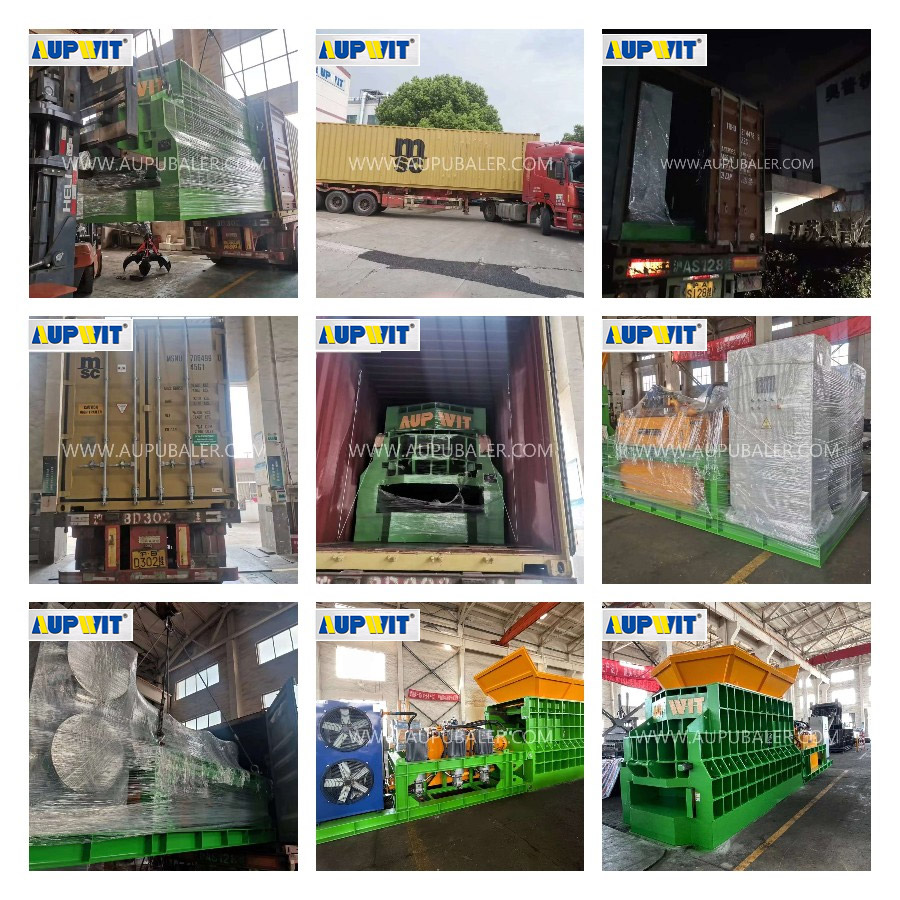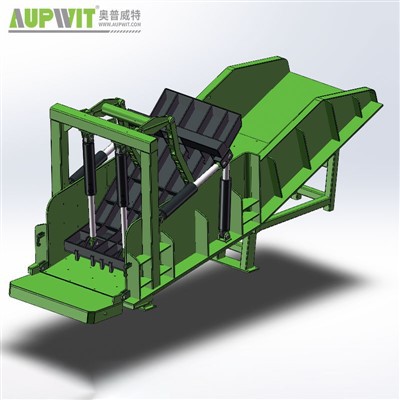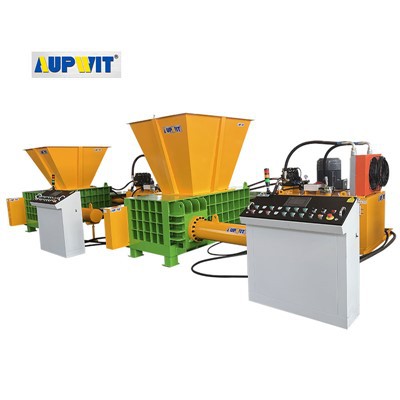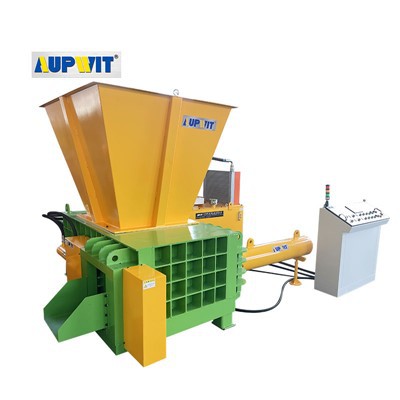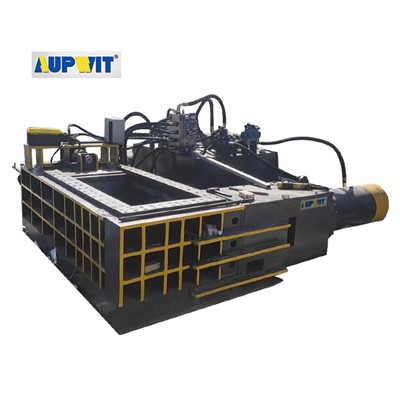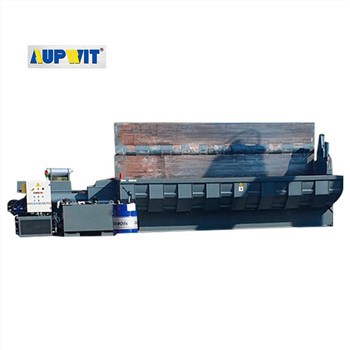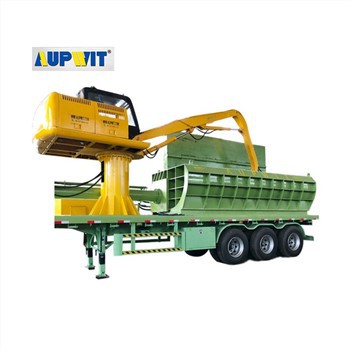1. Consider material properties
Different metal materials have different properties such as hardness, toughness and wear resistance, and you need to choose tools that match them. For metals with higher hardness, such as alloy steel and stainless steel, carbide tools should be used. Carbide has high hardness, high wear resistance and good heat resistance. It can effectively cut hard materials, maintain good edge sharpness and reduce tool wear. For softer metals, such as aluminum and copper, high-speed steel tools can be selected. High-speed steel tools have good toughness and cutting performance, and can avoid excessive burrs and deformation when cutting soft materials.
2. Pay attention to the tool geometry
The geometry of the tool has an important influence on the cutting effect. Parameters such as the angle of the cutting edge and the radius of the cutting tip need to be selected according to the cutting material and cutting requirements. For example, a smaller cutting edge angle can make it easier for the tool to cut into the material, which is suitable for cutting thin materials or occasions where high-precision cutting is required, but too small an angle will reduce the strength of the tool and easily cause the edge to break. A larger tip radius can increase the strength and wear resistance of the tool, which is suitable for cutting thick materials or materials with higher hardness, but it will increase the cutting force and may affect the cutting accuracy.
3. Choose according to the cutting process
If you are cutting in a straight line, you can choose an ordinary straight-edged tool; if you need to cut curves or complex shapes, you need to choose a tool with a corresponding shape or a flexible adjustment. In addition, the cutting speed and feed rate will also affect the choice of tool. When cutting at high speed, you need to choose a tool that can withstand high cutting temperature and pressure, such as a carbide tool or a coated tool. Coated tools are coated with a layer of wear-resistant and heat-resistant coating on the surface of the tool, such as titanium nitride (TiN), titanium aluminum nitride (TiAlN), etc., which can improve the hardness, wear resistance and lubricity of the tool, reduce the friction between the tool and the material, and improve the cutting efficiency and quality.
